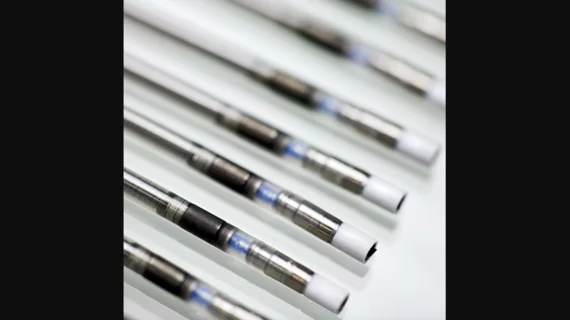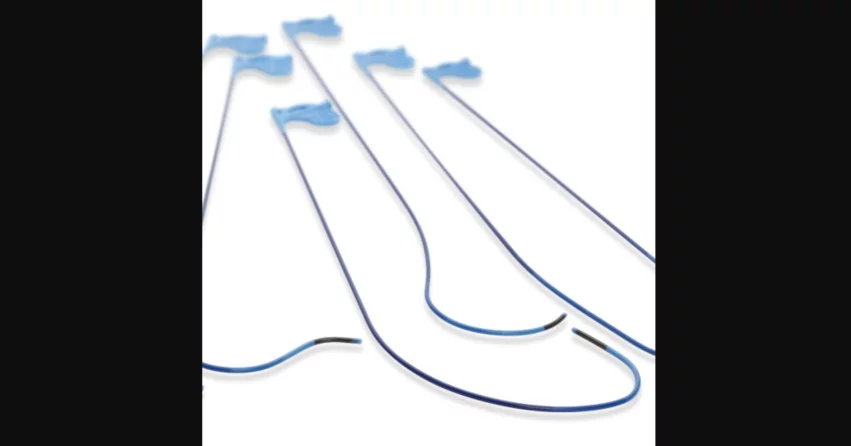FDA approves Biotronik lead, catheter for left bundle branch area pacing
Biotronik has received U.S. Food and Drug Administration (FDA) approval to make its Solia S lead and Selectra 3D catheter available for a new indication: left bundle branch area pacing (LBBAP).
LBBAP is a relatively new alternative to biventricular pacing (BVP) used by electrophysiologists to treat a variety of heart failure patients. According to Biotronik, this is the first time a stylet-driven lead and dedicated delivery catheter system have been approved for LBBAP by the FDA.
The FDA’s decision was based largely on data from BIO-CONDUCT, a multicenter, nonrandomized clinical trial exploring data from 186 patients treated at one of 14 U.S. facilities. Overall, LBBAP implants were successful in 95.7% of patients, and serious LBBAP-related complications were seen in 1.7% of patients after three months. Initial results from the Biotronik-funded study were presented at HRS 2024 and published in Heart Rhythm.[1]
“The short-term results from this prospective trial demonstrate both high implant success and freedom from LBBAP lead–related complications using this stylet-driven retractable helix lead,” the study’s authors wrote at the time. “This trial supports the safety, use, and effectiveness of stylet-driven leads for performing contemporary physiologic pacing.”
“LBBAP is a therapy on the rise,” David Hayes, MD, Biotronik chief medical officer, said in a statement. “We are proud to support continuing research into this growing practice and provide the tools for cardiac patients to receive the best possible care.”
“Results from the BIO-CONDUCT trial show the Solia S lead and Selectra 3D catheter are extremely reliable and provide excellent outcomes in the setting of LBBAP,” added Larry Chinitz, MD, director of NYU Langone’s Heart Rhythm Center in New York City and lead investigator of BIO-CONDUCT. “The Solia lead in particular offers several advantages over legacy LBBAP leads, including the ability to continuously pace off the stylet during implantation.”


